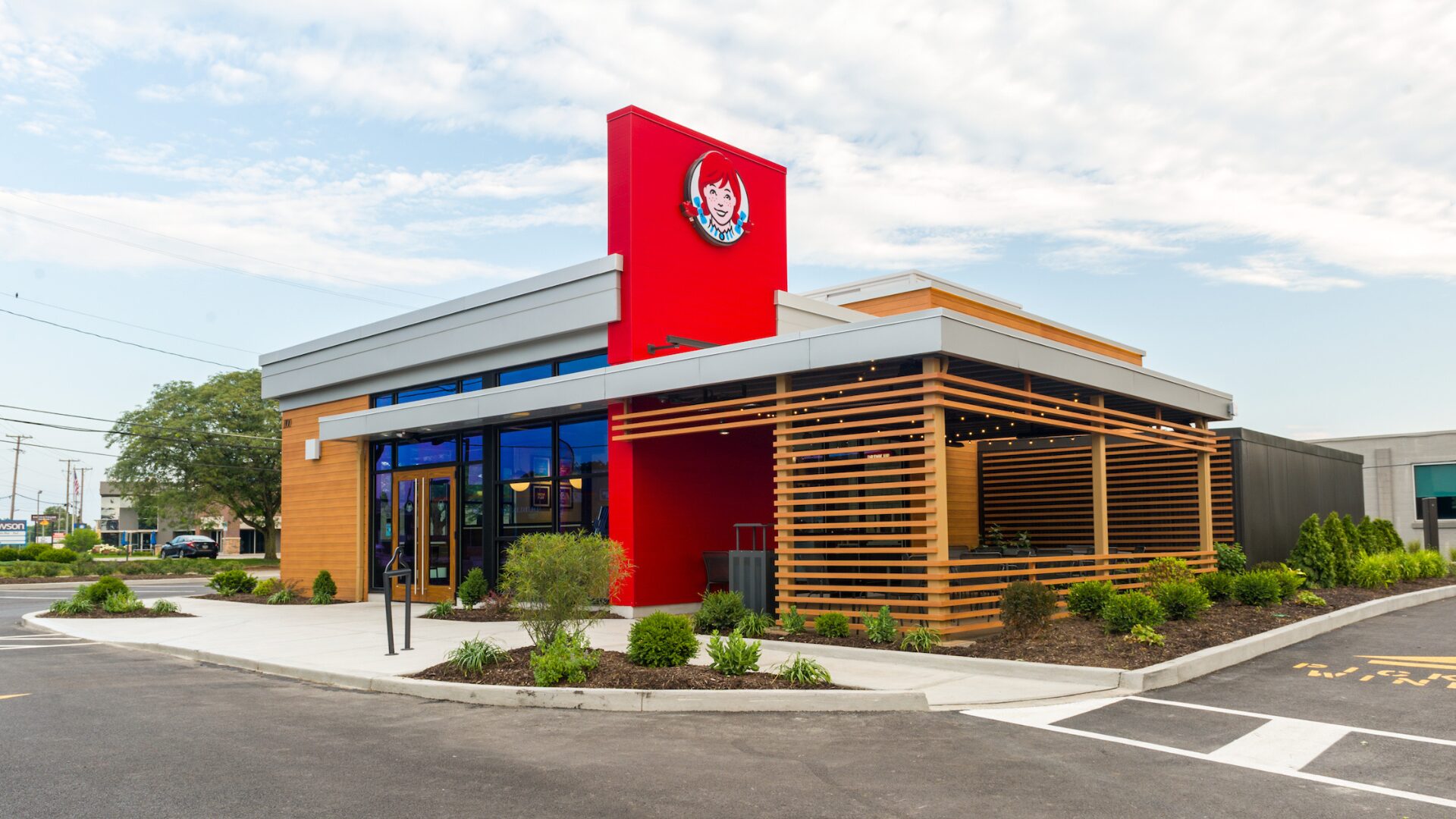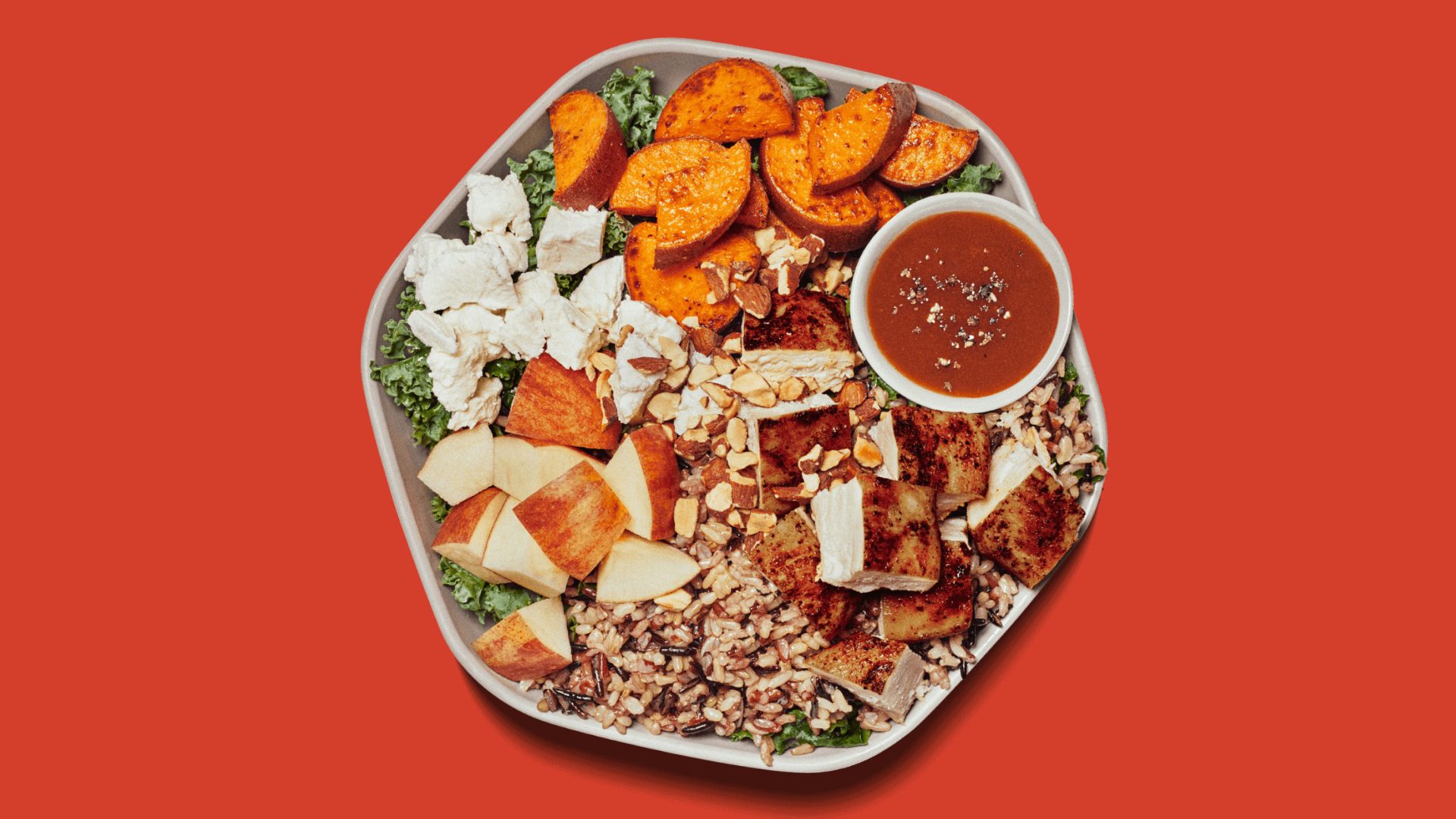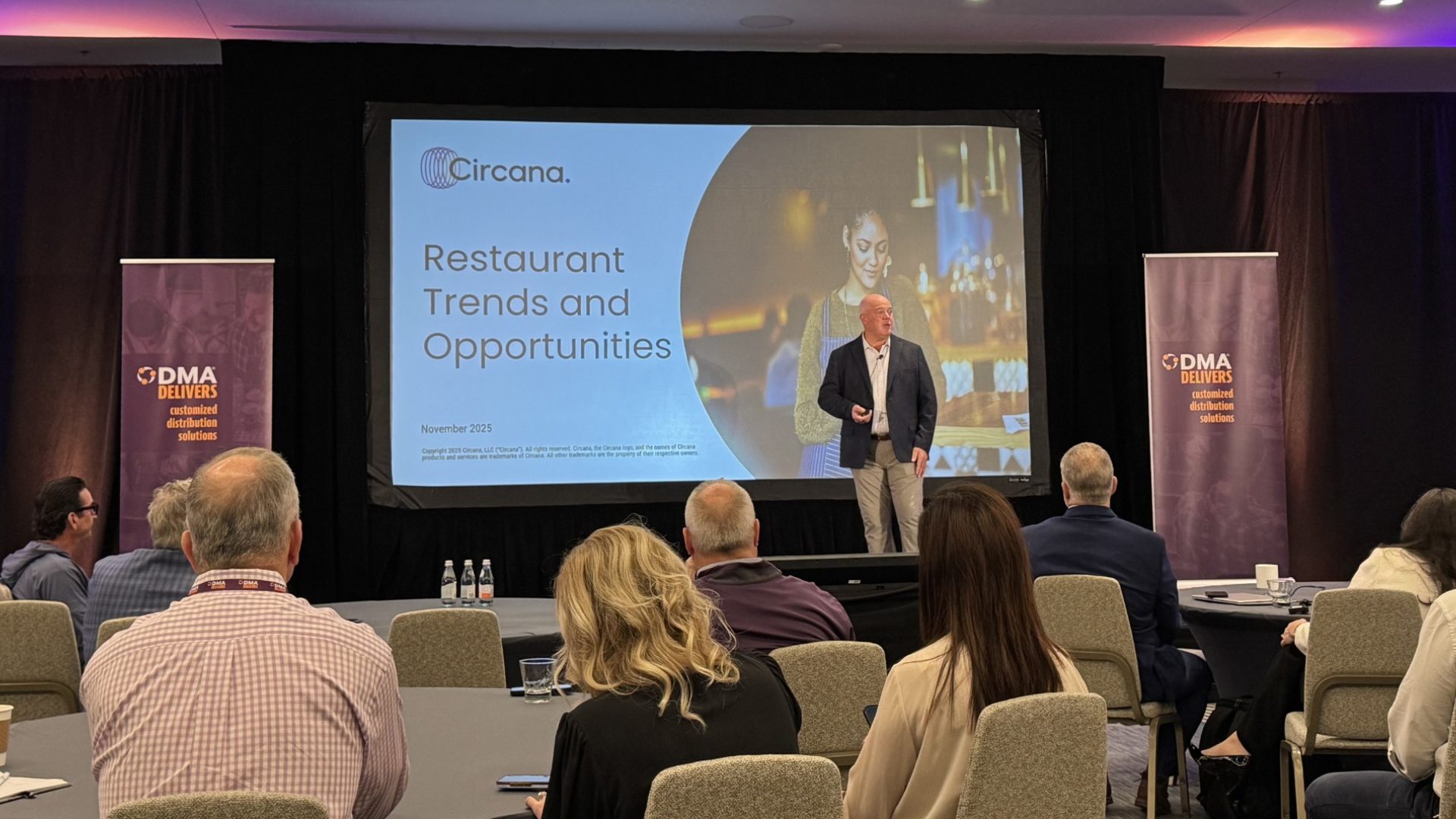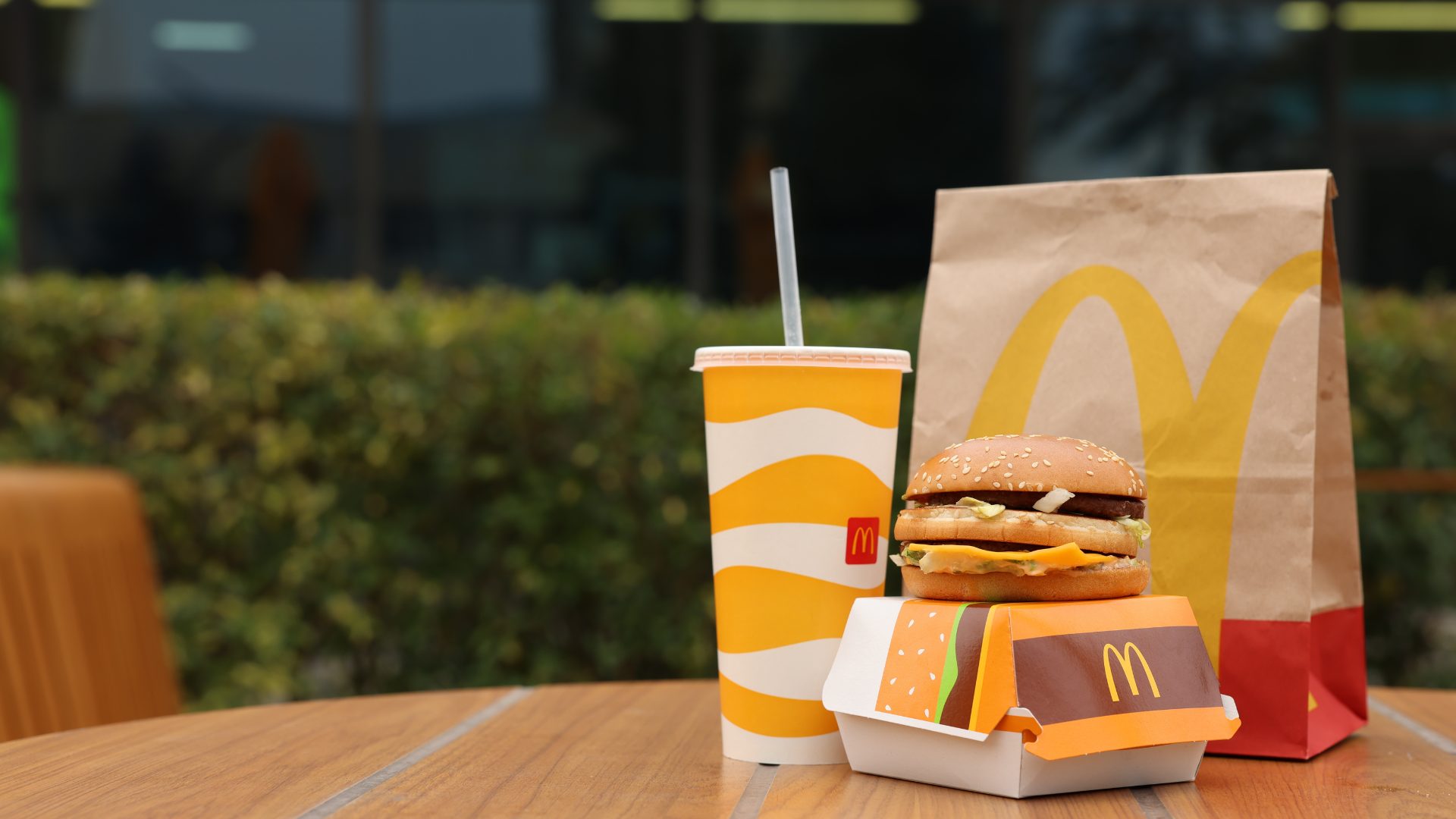Under new management, Wendy’s interim CEO, Ken Cook, is looking to drive results with an aggressive strategy aimed at closing a “mid-single digit” number of underperforming restaurants by 2026, equating to 200-300 units. These closures are in addition to the 140 U.S. stores that were shut in 2024.
This is the heart of the quick-service restaurant’s turnaround Project Fresh strategy – a transformation aimed at increasing profitability, elevating customer and employee experience, and boosting efficiency.
Unveiled in anticipation of Wendy’s Q3 financial report, the disappointing 2.6% decrease in global systemwide sales and domestic same-restaurant drop of 4.7% over the quarter hinted at why management saw the need to make a radical operational pivot.
“We are acting with urgency to execute the operational and brand initiatives to drive… [average order volume] growth in the U.S., creating value for our franchisees and shareholders,” Cook said on a call with investors.
Margin pressure, particularly in company-operated U.S. restaurants, is likely due to inflation, labor, and traffic headwinds eating into core operations, driving the need for footprint optimization. Outside the U.S., the chain’s global operations are staving off a bigger drive: although domestic same-store sales plummeted, global sales were up 3%, signaling the bulk of Wendy’s worries is coming from home.
The key metric to keep an eye on will be to see if Wendy’s can deliver improved performance in the remaining stores through efficiency and technology to justify the strategy.
Earlier this year, the chain made a value play, which likely helped mitigate H1 foot traffic declines, but was not enough to bring Wendy’s to a comfortable market position. A report from Placer.ai found that visits in Feb. were down 8.8% year-over-year. Since then, the chain has invested in its assortment, permanently updating the Frosty menu, and updating the value menu with a $3 breakfast and $5 all-day promotional offering in addition to its $4 existing meal deal.
These marginal changes, outlined by previous CEO Kirk Tanner, elicited modest results, with successive foot traffic gradually mediating through June; however, value alone was not enough to stave off the damage.
Wendy’s Fresh Plan
The recent decision to shutter up to 350 locations could reduce its competition in some markets, especially because Wendy’s footprint already pales in comparison to McDonald’s nearly 14,000 locations.
In its tête-à-tête with the market leader, McDonald’s is coming out on top, having increased its U.S. comparable sales by 2.4% in Q3 while the industry itself has suffered. In fact, Burger King and Shake Shack have both reported gains over the period.
This is why Wendy’s shakeup has become so important.
To support these efforts, Wendy’s commissioned a “needs-based customer segmentation study” to better understand its consumers, according to NRN. These findings will also support how the brand communicates value and drives growth ahead.
“We now have visibility to how consumers behave both inside the system and with the competition, which will enable us to focus our media efforts on high-value audiences and allow us to adapt quickly to shifts in consumer behaviors,” Cook said.
On the growth side, the chain also reaffirmed global net unit growth of 2-3% for the year. This is significant because it implies that it is continuing its progress on the original strategy, which focused on high-potential domestic markets in addition to efforts to strengthen its position in regions including Canada, India, the U.K., and Italy.
On the call, Cook assured investors that the business’s gross unit development is still on track. Still, these benchmarks are a far cry from the chain’s original plan to add 1,000 new restaurants globally through 2028.
Food for Thought Leadership
This Episode is Sponsored by: Performance Foodservice
How important is it as a food distributor to build a brand for foodservice – especially since consumers may never see or recognize it? Mike Seidel, vice president of procurement at Performance Foodservice Corporate, shares how the company views the development of its existing foodservice brands, including Roma and Contigo, and how they helped in the creation of its most recent Mediterranean concept Zebec.











